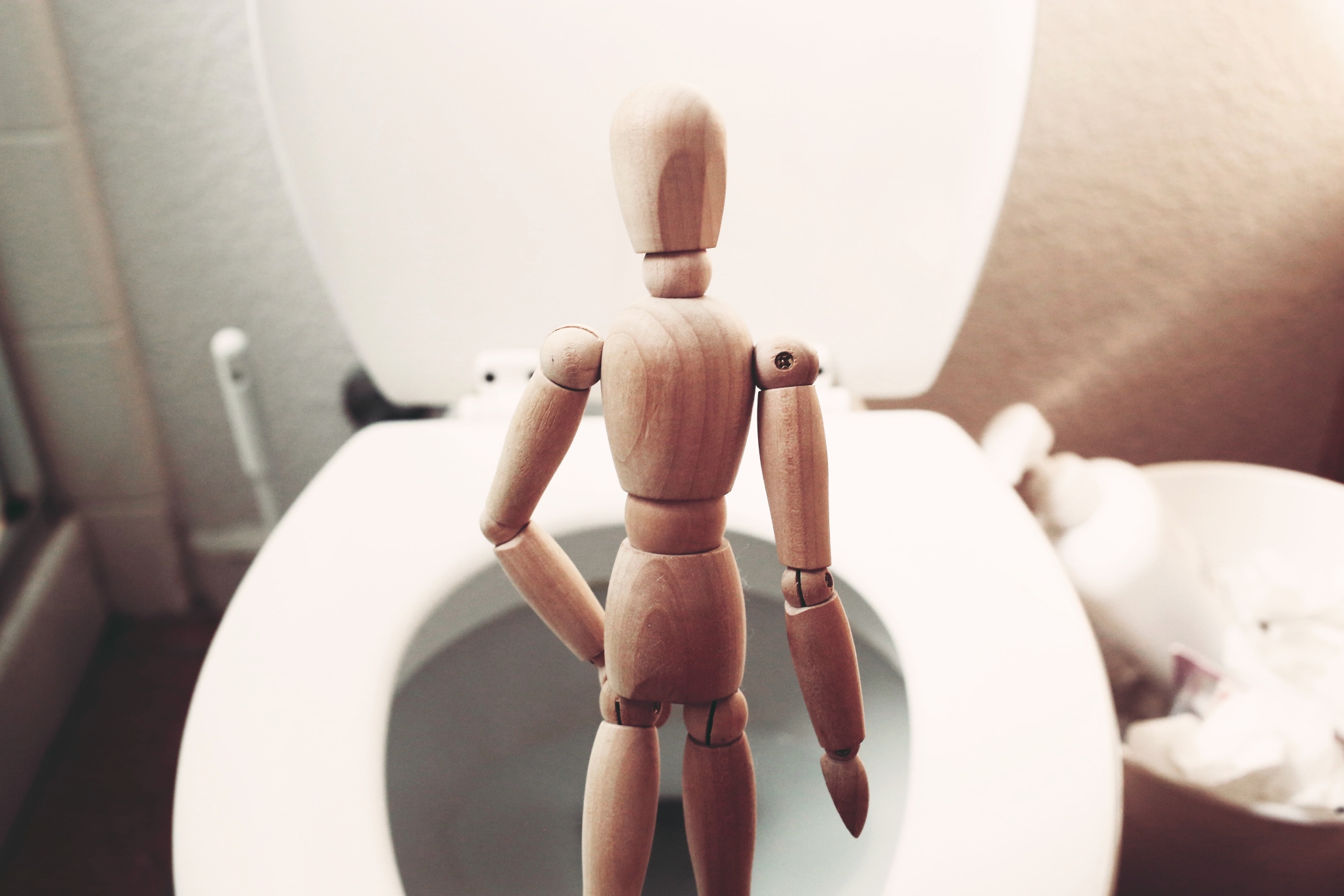Benign Prostatic Hyperplasia (Prostate Enlargement)
27 January 2022

Many men might find themselves turning a half-century young, only to face a “walnut” of a problem.
The prostate gland, which is typically as large as a walnut or golf ball, lies beneath the urinary bladder and is responsible for the production of the fluid that carries sperm while one ejaculates.
Some men above the age of 50 might experience a non-cancerous enlarged prostate gland or also known as benign prostatic hyperplasia (BPH).
It surrounds the urethra, a tube via which the urine passes out of the body. So when diagnosed with BPH, the prostate becomes larger than usual and squeezes the urethra, weakening the pee stream.
This, in turn, would lead to those pesky all-nighter dashes to the restroom.
Benign Prostatic Hyperplasia Symptoms
When there is an enlarged prostate gland, it can cause uncomfortable urinary symptoms, such as blocking the flow of urine out of the bladder. It can also cause bladder, urinary tract or kidney problems.
According to the Mayo Clinic in the United States, the common symptoms of BPH include (1):
> Frequent or urgent need to urinate
> Increased frequency of urination at night (nocturia)
> Difficulty starting urination
> Weak urine stream or a stream that stops and starts
> Dribbling at the end of urination
> Inability to completely empty the bladder
In a webinar by The Star Media Group in partnership with Sunway Medical Centre, Sunway City entitled ‘All About Enlarged Prostate’, it was established that BPH affects 50% of men between the ages of 50 and 60 and increases to some 90% over the age of 80.
Sunway Medical Centre robotic surgery and urology specialist Dr Badrulhisham Bahadzor shares that medical conditions like diabetes and heart disease, as well as modifiable risk factors, such as living a sedentary lifestyle, obesity, lack of exercise and diet can increase the risk of BPH.
He adds that certain liquids could make a person go (urinate) more often such as caffeine and alcohol. Foods can affect too, such as spicy food, a diet that is high in dairy products, sugar and salt as well as red meat.
“The diagnostic journey begins with taking the patient’s history – including the symptoms experienced, family history and comorbidities, if any – in the consulting room. We would then perform a physical examination and also a rectal examination to check on the prostate. [This is] followed by simple tests such as urine, uroflowmetry, ultrasound, blood test and also talk about prostate cancer screening,” he says.
Treatment for Prostate Enlargement
Sunway Medical Centre robotic surgery, uro-oncology and urology specialist Dr Tan Guan Hee says, BPH treatments can be divided into three.
“The first is watchful waiting where a patient's symptoms do not affect their daily lives. If their symptoms are moderate to severe and affect their daily lives, then we can start them on medication such as alpha blockers and 5-alpha reductase inhibitors.
“There are also surgical techniques if things worsen, and medication does not help or the patient has developed complications. Traditionally, we would do a transurethral resection of the prostate (TURP),” he says.
He adds that newer treatments such as the water vapour therapy might not have long-term data, but the current data shows that it might be a good alternative to TURP.Minimally invasive surgical therapy, such as water vapour therapy, which uses steam to cause cell death in the enlarged tissues of the prostate (2).
During the webinar, Dr Badrulhisham shares that the entire procedure can be completed within 15 minutes, depending on the size of the prostate. It is important to note that the patient would have to use a catheter after the surgery.
He adds that positive changes can be seen two weeks after the procedure; some might see a difference between one and three months. Success can be defined as a reduction of severity of symptoms and improvement in urine flow some 50% more than what they experienced before.
A pivotal study supports that water vapour therapy is a safe and effective BPH treatment that provides significant, sustained improvement of lower urinary tract symptoms and quality of life for patients suffering from BPH (4).
Reference:
- Mayo Clinic: Benign prostatic hyperplasia (BPH).
- Healthcare Asia: Spreading awareness on benign prostatic hyperplasia, according to a Malaysian urologist.
- Urology Times: Dr. Elterman discusses Rezum and Aquablation for patients with BPH.
- McVary KT, Gittelman MC, Goldberg KA, et al. Final 5-year outcomes of the multicenter randomized sham-controlled trial of Rezūm water vapor thermal therapy for treatment of moderate-to-severe lower urinary tract symptoms secondary to benign prostatic hyperplasia. J Urol. 2021 Apr 19. Online ahead of print.
Source: The Star





